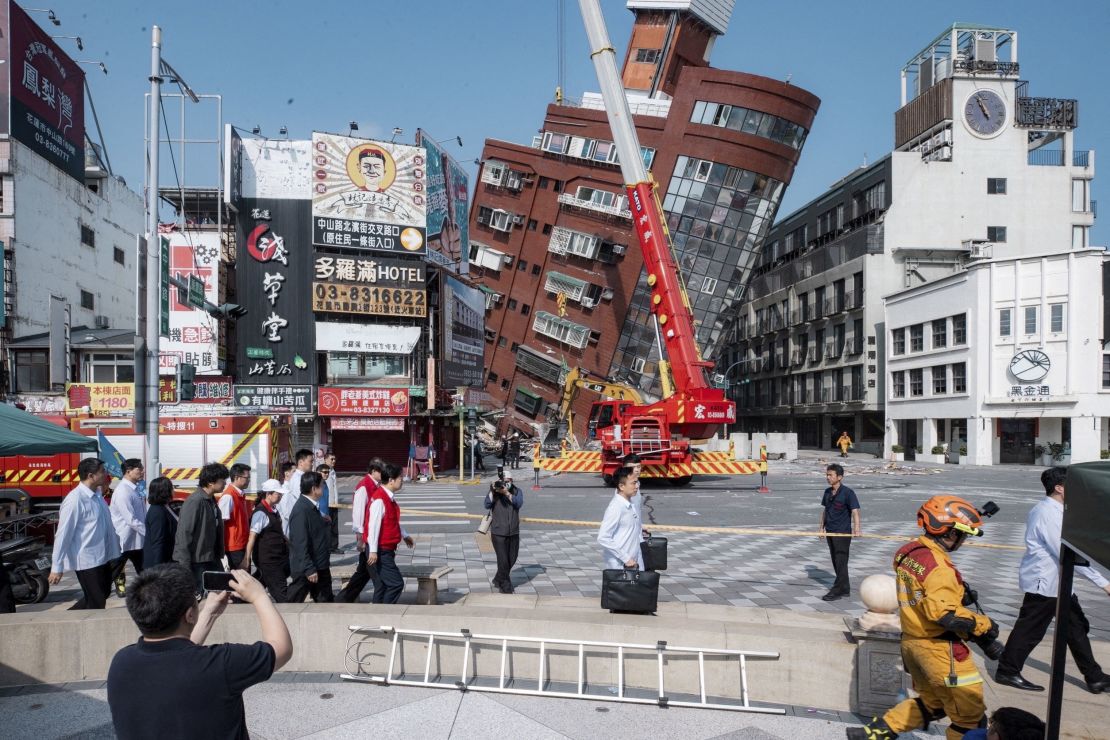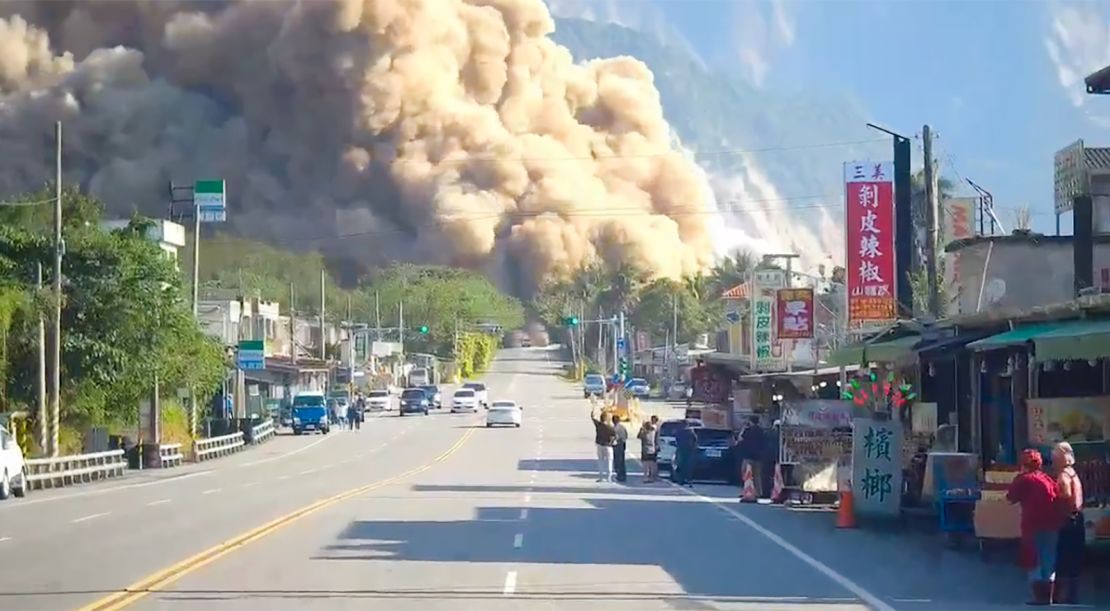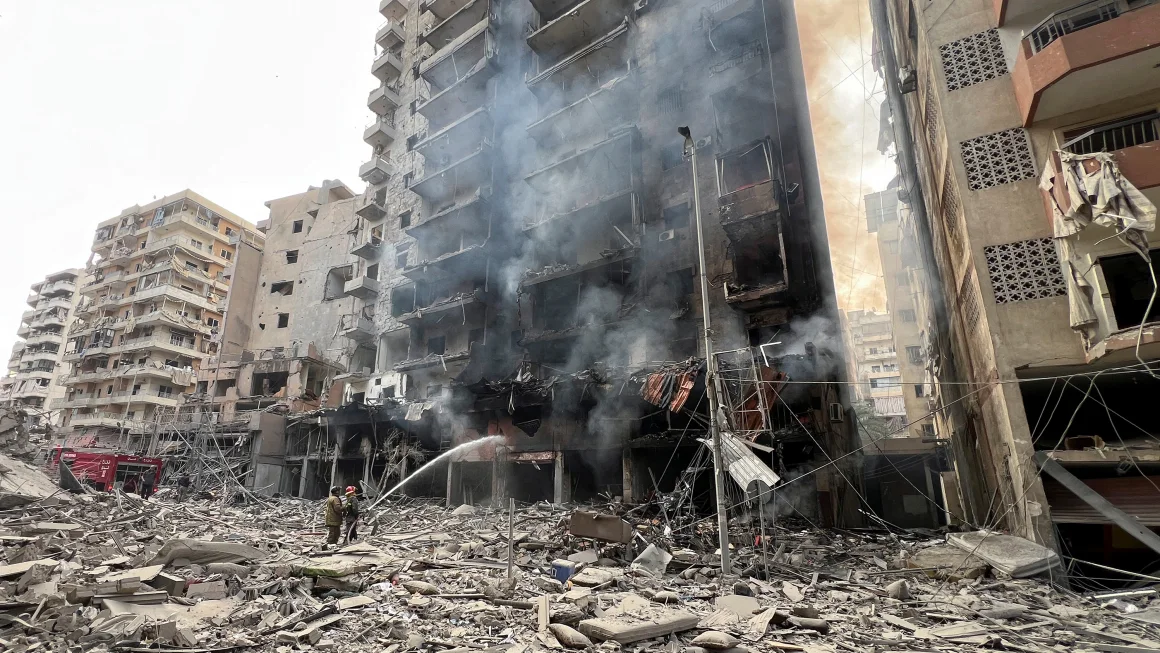“There was really strong shaking… We quickly turned off the gas and electricity and opened the door. It was really strong. It felt like the house would fall down,” Taipei resident Chang Yu-lin said on CNN affiliate Taiwan Plus.
Chen Nien-tzu, also in Taipei, said, “It was really wild.”
“It’s been a long time since we’ve had an earthquake so it felt really scary,” she said on Taiwan Plus.
The quake prompted initial tsunami warnings in Taiwan, southern Japan and the Philippines, with waves less than half a meter observed along some coasts, and prompting airlines to suspend flights. All tsunami warnings were later lifted.
In Taiwan, military personnel were dispatched to help with disaster relief and schools and workplaces suspended operations as aftershocks hit the island, according to the Defense Ministry.
Taiwan’s outgoing President Tsai Ing-wen said Wednesday she had ordered her administration to “immediately” get “on top of the situation and understand local impacts as soon as possible.”
Tsai also told the administration to “provide necessary assistance, and work together with local governments to minimize the impact of the disaster.”
Taiwan, a self-ruled island east of mainland China, is home to about 23 million people, most of whom live in the industrialized cities of its west coast, including the capital.
The island is regularly rocked by earthquakes due to its location on the Pacific Ring of Fire, which runs around the edge of the Pacific Ocean and causes massive seismic and volcanic activity from Indonesia to Chile.
Wednesday’s quake is the strongest to hit Taiwan since 1999, according to the Central Weather Administration. That year, a 7.7 magnitude quake hit south of Taipei, killing 2,400 people and injuring 10,000 others.
Hualien County, parts of which are mountainous and remote, is home to about 300,000 people on the island’s sparsely populated east coast. A magnitude 6.2 quake hit near the area in 2018, killing at least 17 people and injuring more than 300 others.
The full extent of the damage is still being assessed, with road and rail closures curtailing access to the quake’s epicenter in Hualien County.
More than 100 buildings were damaged across the island, the National Fire Agency said, with about half of those in Hualien County.
Search and rescue operations were ongoing Wednesday afternoon at the nine-story Uranus Building that had partially collapsed, trapping residents, Hualien County Magistrate Hsu Chen-wei told reporters. So far, 22 people had been rescued from the building, according to the NFA.
More than 91,000 households are without electricity, according to Taiwan’s Central Emergency Command Center. The government-operated Taipower Company is working to restore power, it added.
Footage posted on social media showed several collapsed buildings in Hualien and residents helping trapped people escape through the window of a damaged apartment complex.
The quake struck during the morning rush hour, with videos showing vehicles bouncing on a vigorously shaking highway, an overpass swaying in Taipei, and commuters struggling to stand inside a juddering Taipei metro train.
Meanwhile, video broadcast by CNN affiliate TVBS showed cellphone and security camera footage of the moment tremors struck homes and businesses across the island. One clip showed power lines swaying violently above a street and another saw chandeliers shaking in a restaurant.
Large boulders could be seen strewn across the eastern Suhua Highway, with several tunnels broken — including one split in half, TVBS footage showed. CNN affiliate SET News shows the front of a car smashed by fallen rocks.
Transport authorities recorded at least nine rockfalls and landslides on the highway, which has been closed to traffic.
Another highway connecting the west coast with eastern Taiwan was also damaged by falling rocks, with at least 12 cars hit and nine people injured, TVBS reported.
The quake sparked tsunami warnings across the region as authorities ordered evacuations.
In Taiwan’s Chenggong, about 100 kilometers (62 miles) south of the quake’s epicenter, waves reached almost half a meter. The Central Weather Administration advised residents to evacuate to higher ground.
The Japan Meteorological Agency also issued a tsunami alert for the southern Miyakojima and Okinawa islands, warning of waves up to 3 meters (nearly 10 feet) high. A 30-centimeter (nearly 1 foot) wave impacted Okinawa, the first tsunami observed there in 26 years, the agency said.
Several hours later, the US Tsunami Warning Center said the tsunami threat had “largely passed” but people in coastal areas should remain alert.
All flights from Okinawa and Kagoshima prefectures were suspended following the tsunami warnings in the area, Japan Airlines said.
Okinawa’s Naha airport resumed flights after the tsunami warning was downgraded to an advisory, airport spokesperson Hideaki Tsurudo told CNN.





